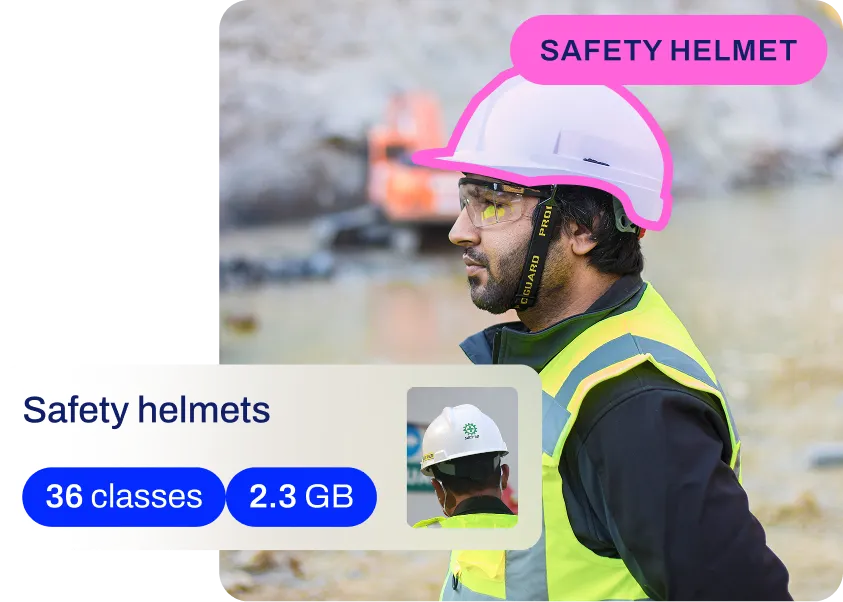Receiver Operating Characteristic (ROC) Curve
Learn how ROC Curves and AUC evaluate classifier performance in AI/ML, optimizing TPR vs. FPR for tasks like fraud detection and medical diagnosis.
A Receiver Operating Characteristic (ROC) curve is a graphical representation used to evaluate the performance of a
binary classification model. It visualizes the trade-off between the True Positive Rate (TPR) and the False Positive
Rate (FPR) across different classification thresholds. In
machine learning (ML), this curve is
fundamental for assessing how well a model can distinguish between two classes, such as "spam" versus
"not spam" or "diseased" versus "healthy." By plotting these rates, the ROC curve
provides a comprehensive view of a model's diagnostic ability, moving beyond single-number metrics like
accuracy which can be misleading in isolation.
Understanding the Axes
To interpret an ROC curve correctly, it is essential to understand the two metrics plotted on its axes:
-
True Positive Rate (TPR): Often referred to as
Recall or sensitivity, this metric measures the proportion
of actual positive instances that the model correctly identifies. For example, in a security system, this would be
the percentage of actual intruders correctly detected.
-
False Positive Rate (FPR): This metric calculates the proportion of actual negative instances that
are incorrectly identified as positive (false alarms). A lower FPR indicates fewer false alarms, which is crucial
for user trust in systems like
biometric authentication.
The curve is generated by varying the
confidence threshold of the classifier from 0 to 1. Each
point on the ROC curve represents a sensitivity/specificity pair corresponding to a particular decision threshold. A
diagonal line from the bottom-left to the top-right represents a random classifier with no predictive skill (coin
toss), while a curve that bows steeply toward the top-left corner indicates a high-performing model.
Real-World Applications
ROC curves are widely utilized across various industries to optimize decision thresholds for
model deployment.
-
Medical Diagnostics: In
medical image analysis, researchers use
ROC curves to tune models for detecting conditions like pneumonia or tumors. A high TPR is prioritized to ensure no
positive cases are missed, even if it means accepting a slightly higher FPR. This balance is critical for complying
with safety standards from organizations like the
FDA.
-
Financial Fraud Detection: Financial institutions employ
AI in finance to identify
fraudulent transactions. Here, the ROC curve helps analysts select a threshold that catches the majority of fraud
attempts (high Recall) without flagging too many legitimate transactions, which would negatively impact customer
experience.
Calculating Probabilities for ROC
To plot an ROC curve, you need the predicted probabilities for the positive class rather than just the final class
labels. The following example demonstrates how to extract these probabilities using a
YOLO11 classification model from the
ultralytics package.
from ultralytics import YOLO
# Load a pretrained YOLO11 classification model
model = YOLO("yolo11n-cls.pt")
# Run inference on an image to get prediction results
results = model("path/to/image.jpg")
# Access the probability distribution for all classes
# These scores are necessary inputs for calculating ROC and AUC
probs = results[0].probs.data
print(f"Class probabilities: {probs}")
Once these probabilities are obtained for a test dataset, libraries like
Scikit-learn can be
used to compute the FPR and TPR values needed to plot the curve.
ROC vs. Other Evaluation Metrics
While the ROC curve is a powerful tool, it is helpful to distinguish it from related evaluation concepts:
-
Area Under the Curve (AUC): The
Area Under the Curve (AUC) is a scalar
value derived from the ROC curve. While the ROC is a visual plot, AUC quantifies the overall performance into a
single number between 0 and 1, facilitating easier comparison between different
supervised learning models.
-
Precision-Recall Curve: When dealing with highly imbalanced datasets (e.g., a rare disease
affecting 1% of the population), the ROC curve can sometimes present an overly optimistic view. In such cases, a
Precision-Recall curve
is often more informative because it focuses directly on the minority class performance without factoring in True
Negatives.
-
Confusion Matrix: A
confusion matrix provides a snapshot of
performance at a single specific threshold, showing the exact counts of true positives, false positives,
true negatives, and false negatives. The ROC curve effectively summarizes the information from confusion matrices
generated at every possible threshold.
For tasks involving object detection, metrics like
Mean Average Precision (mAP) are
typically used, though ROC curves remain relevant for the underlying classification component of these models.
Understanding these distinctions ensures that developers choose the right metric for their specific
computer vision (CV) challenges.












